Problems with the vascular system of the foot are found in more than half of the planet's population. The largest discomfort gives patients with a varicose veins of the phlebologist on their feet. The pathology is characterized by a decrease in the tone of the blood vessel walls and the enlargement of their lumen. As a result of sagging of the veins of the foot, the opposite flow of blood in the human body is worried. In what complications are varicose veins and how to fight it correctly, we understand below our material.
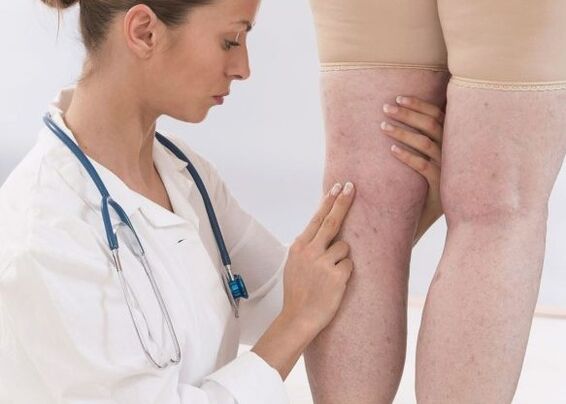
General characteristics and causes of varicose veins
The lids in the operation of the vascular system of the foot are initially formed against the backdrop of improper functioning of the venous valves. Here it is worth knowing that because of the force of gravity, the blood from the heart flows freely into the lower extremities. In the opposite direction, the blood flow moves under the influence of natural pressure, which create the walls of healthy vessels. This wave is enough to overcome the power of terrestrial attraction.
If the tone of the blood vessels is disturbed, then the body makes all the possible efforts to push the blood up into the vessel. That is to say, for this it independently increases blood pressure (blood pressure). From such "efforts", venous valves work worse, without completely closing the wings with every stroke of the human heart. In this case, the blood is actively introduced from deep veins to superficial veins, which causes their additional completion.
The causes of varicose veins of the lower extremities are the following factors:
The first symptoms and signs
Symptoms of varicose veins can vary to a degree or another intensity depending on the general condition of the patient and at the stage of the disease. Moreover, the signs of pathology are not always visible. The only common feature for varicose veins is a condition called the term "heavy heels". That is to say, in any of the stages of pathology, the patient feels the severity of the foot at the end of the work day or even in the morning after sleep.
Stage I and II of Varicose veins: Signs and Symptoms
The initial stages of the vascular pathology of the legs are characterized by characteristic signs. So at 1 stage, the following symptoms are observed:
In 2 stages of pathology, the patient forms the following symptoms:
III and IV phase of varicose veins
Progressive varicose veins are already characterized by signs of complications. The picture looks as follows:
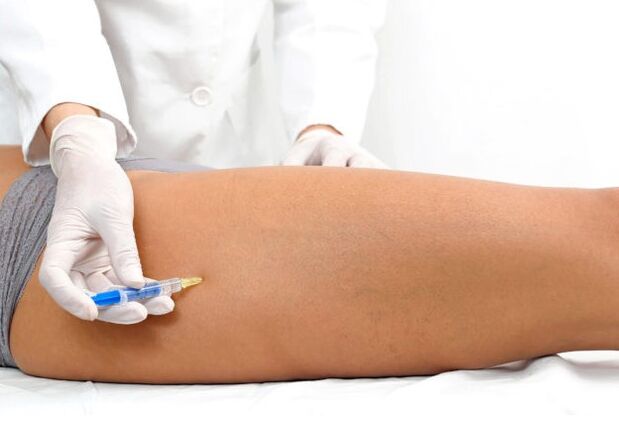
When to see a doctor, and what
In the first symptoms of the initial phases of varicose veins, you should contact a phlebologist. This doctor is engaged in blood vessels. If there is no such doctor in your clinic, you can get a consultation with an angiurgon or just a surgeon. It should be understood that in the early stages to stop the process of developing varicose veins by conservative methods is quite possible. Competent treatment tactics and compliance with all doctor's recipes will allow you to feel the softness on foot again.
Troubleshooting
For the competent and effective treatment of varicose veins in the legs, you first need to make an accurate diagnosis. That is, to identify the degree of the vascular problem. The following methods are used to diagnose the pathology of the veins in the foot:
Treatment methods of lower extremities
Drug therapy
You can treat varicose veins in the early stages with the help of medicines. And quite effective. The type and name of the drug is chosen depending on the severity of the patient's condition.
For external (local) use, a phlebologist can prescribe medicines in the form of gel, creams or ointments.
Also, for oral administration, anticoagulant preparations are described, which successfully dilute the blood and prevent the formation of blood clots.
Contrary to the backdrop of target therapy, the patient is prescribed for the treatment of varicose veins that support the work of vascular and blood circulation systems. So such medicines and additives are shown:
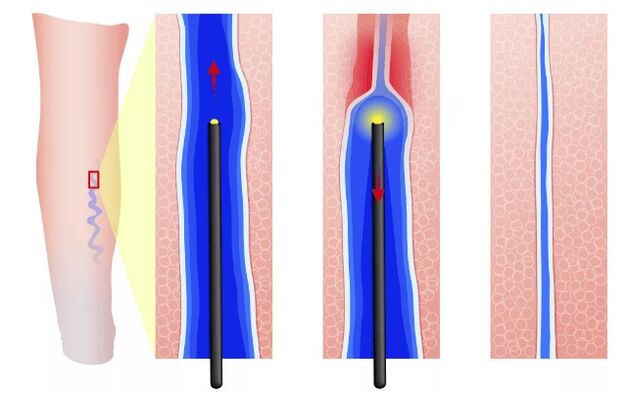
Surgical treatment of varicose veins with minimum invasive and full operating methods
In the 3-4 stages of varicose veins, surgery is indicated in order to remove patients with vessels that interfere with normal blood flow. Depending on the patient's initial condition, one of the minimum invasive techniques or a complete surgical intervention may be used.
Sclerotherapy
This type of non-surgical procedure consists of the presentation of special sclerosantias (substances of flyosclerosis) in the vein lumen. Their base is alcohols. As a rule, all these medicines are strictly intended for intravenous injection administration. Such substances provoke the destruction of the overall endothelial (inner) layer of the vessel and its further narrowing (sclerosis). As a result, the lumen of the vessel is significantly reduced or fully glued.
Most often, doctors use such medicines:
Flebectomy combined
Such a technique of surgical intervention means the use of several techniques at the same time. But first of all, the patient in a straight position marks the location of all the inflamed veins to be removed. The note is carried out under the control of the ultrasound of the foot vessels.
With complex phlebectomy, the following stages of surgical intervention are used:
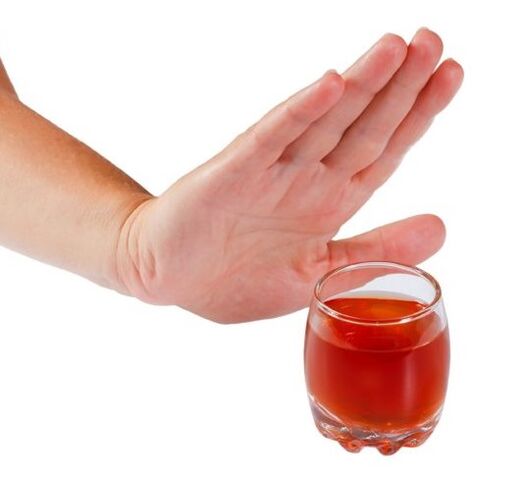
Conservative treatment
Diet in the treatment of varicose veins
To increase the tone of the blood vessel walls and to significantly dilute the blood, you need to reconsider your diet. You should reject such products:
To improve the condition of the veins in the legs, you can and should eat such products:
There is also an abundant drinking regime at 30 ml of water per 1 kg of patient weight.
Rejection
It is important to understand that smoking contributes to the formation of blood clots and significantly violates blood clotting. At the same time, not only the blood components but also the walls of the blood vessels suffer. Their elasticity decreases significantly, which does not play at the hand of a patient with varicose veins. Therefore, in order not to worsen the situation, it is necessary to abandon the devastating habit as soon as possible.
Compression underwear (socks, golf, tanga)
Wearing compression knitting is one of the effective ways to prevent further progression of varicose veins. Such linen (golf, socks and sweater) evenly distributes the intensity of blood flow to the heart. As a result, the load on the ship walls is significantly reduced, and the lumen of patients with the veins returns to a relatively normal condition. It is very important to understand that the compression formula embedded in the knit clothing repeats exactly the load that the calf muscles can form during intense foot movement. That is, the blood in the veins of the lower extremities does not even stall with a sedentary lifestyle. At the same time, all interior of compression in terms of compression intensity are classified into 4 types:
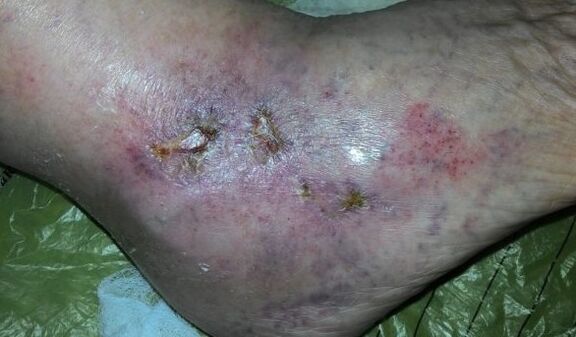
Popular methods of treating varicose veins
If varicose veins did not give complications and treatment of pathology is performed only medication, then it can be used as popular therapy and method. Moreover, you can use both compresses and tinctures for oral consumption. Below, consider the most popular variants of popular varicose veins treatment.
Tariffs and plant tinctures
To use homeopathy, you can use such herbs and plants:
cONcluSiON
It is worth remembering that varicose veins - the pathology is irreversible. Therefore, it is advisable to now think about foot health and radically change your lifestyle. Remember, the health of your feet depends only on you. Especially if there is a predisposition to the development of pathology.
